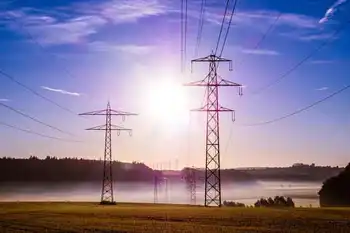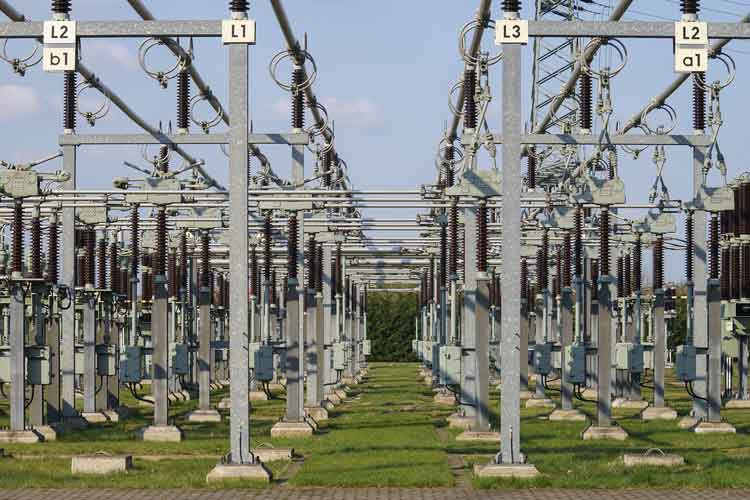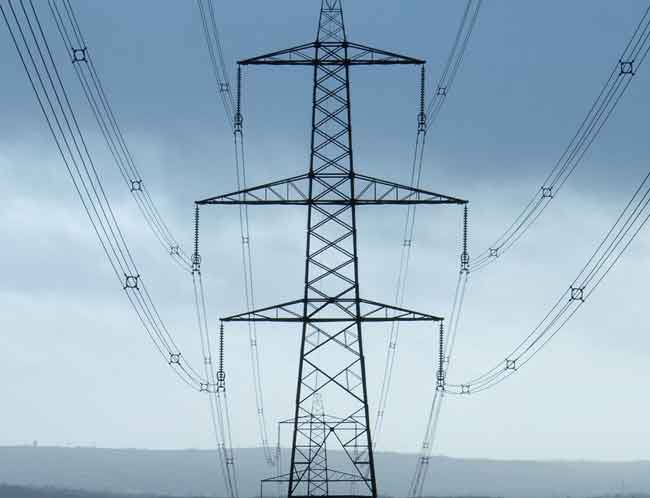Solar Decathlon games begin
By Electricity Forum
CSA Z462 Arc Flash Training - Electrical Safety Essentials
Our customized live online or in‑person group training can be delivered to your staff at your location.

- Live Online
- 6 hours Instructor-led
- Group Training Available
Wearing black and brown Enmax SolAbode uniforms under a sunny sky, Team Alberta's members joined more than 450 other students in a colourful parade along the main promenade.
"Let the games begin!" said U.S. Secretary of Energy Steven Chu in proclaiming the start of the Solar Decathlon. Chu also announced $87 million in U.S. federal funding to develop new solar technologies, including 47 projects at universities.
Alberta dignitaries in Washington, D.C. to cheer on Team Alberta included Gary Mar, head of the Alberta government's Washington, D.C. office, Irene Lewis, president and CEO of SAIT Polytechnic, and environment director David Lawlor from the projectÂ’s title sponsor ENMAX in Calgary. University of Calgary President Harvey Weingarten is joining the team later.
"This project is a great example of why the University of Calgary supports experiential and interdisciplinary learning and the engagement of students in their education,” said Weingarten. “Everyone at the U of C is very proud of the extraordinarily creative work of Team Alberta and we look forward to the competition.”
Added Mar, who chatted with several student team members as he toured the home: "SolAbode represents a great crossroads of a home that is technically advanced and very livable. The home very much reflects the essence of Alberta."
In a congratulatory email to the team, Calgary Mayor Dave Bronconnier said: "This project and team members reflect our community and entrepreneurial spirit. You are all wonderful ambassadors for our city, showcasing the innovation and skills that are part of our post-secondary institutions and placing Calgary on the world stage."
For Team Alberta, the start to the Solar Decathlon marked a milestone in a $1.3-million project that began more than two years ago and has engaged more than 100 students, faculty and staff at four Calgary post-secondary schools: the University of Calgary, SAIT Polytechnic, Mount Royal University, and the Alberta College of Art + Design.
"It's pretty cool to be standing with the team two years from when we started and finally be ready to open the house to the public and showcase what we've been working on," said project chair and U of C undergraduate business student Mark Blackwell, who developed the idea to enter the competition after coming across the Solar Decathlon website.
However, Team Alberta did take a penalty in lost points from competition officials for being one of 13 teams being late in passing all their home inspections. Team members had worked frantically into the early morning hours to clean up construction materials and debris from the SolAbode site.
Still very early in the competition, Team Alberta is currently ranked 14th of the 20 teams based on points accumulated to date. Germany is in first place, California second and Team Ontario/B.C. third.
Although Team AlbertaÂ’s home design is complex and took longer to assemble on the National Mall than other homes, the SolAbode's rustic, elegant look is definitely turning heads.
"We had an offer on the house the first day we were standing there," Blackwell says. "It's pretty amazing to be working on the project that long and get the level of response we're having from people."
The Solar Decathlon homes are now open to the public when the first juried contests also begin. Winners will be announced October 16.











